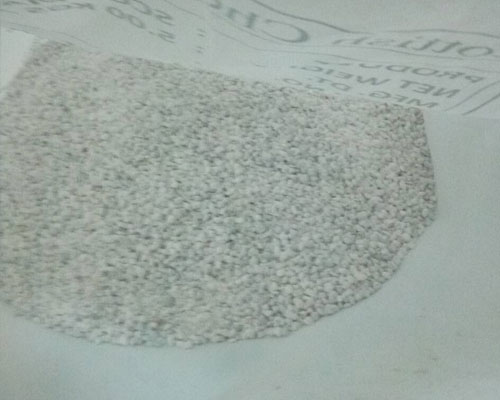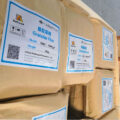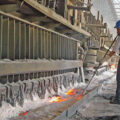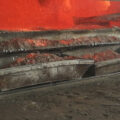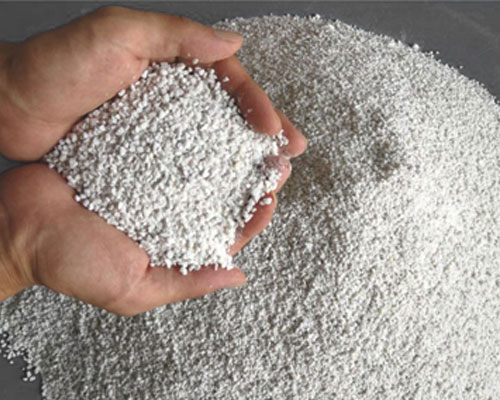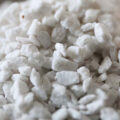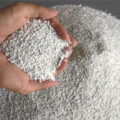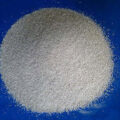Molten aluminum refining flux is usually used in furnace, and eutectic NaCl and KCI are usually used as the main salt system. The efficiency of impurity trapping and degassing can be improved by adding other fluxes properly.
By changing the wettability of aluminum melt to oxide, oxide (mainly alumina) can be easily separated from aluminum melt, and most of them enter into flux.
Change the state of oxide film on the surface of melt. The solid dense oxide film on the surface of the melt is broken into fine particles, which is conducive to the hydrogen in the melt drilling out of the oxide film holes and into the atmosphere.
The molten aluminum refining flux layer can insulate the contact between water vapor and aluminum melt, which makes it difficult for hydrogen to enter aluminum melt and prevents melt oxidation and combustion.

Molten aluminum refining flux can adsorb oxide in molten aluminum to purify melt. Flux refining is mainly achieved by adsorption, dissolution and chemical reaction with oxide film and non-metallic inclusions in the melt.
In the field of aluminum processing, it is difficult to purify aluminum alloy melt, especially to control the gas and impurities in the melt. Fine oxide, inclusion and gas (hydrogen) form parasitic relationship in aluminum alloy melt. High content of slag in liquid aluminum will lead to high hydrogen content. After curing, the liquid will remain in the melt and form casting defects such as center impurities, shrinkage or porosity. These defects cannot be eliminated by a series of subsequent processing procedures (e.g. rolling, extrusion, heat treatment, etc.), resulting in a decrease in mechanical properties (especially plasticity and fatigue properties). Therefore, the purification efficiency and level of aluminum alloy melt can be improved, which is the key to produce high quality aluminum alloy castings. In general, on-line purification technology of aluminum alloy melt outside furnace is usually used, such as on-line degassing system and filtration system of Adtech.

